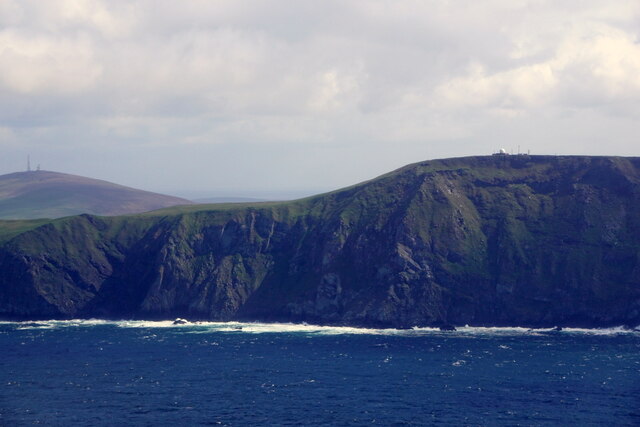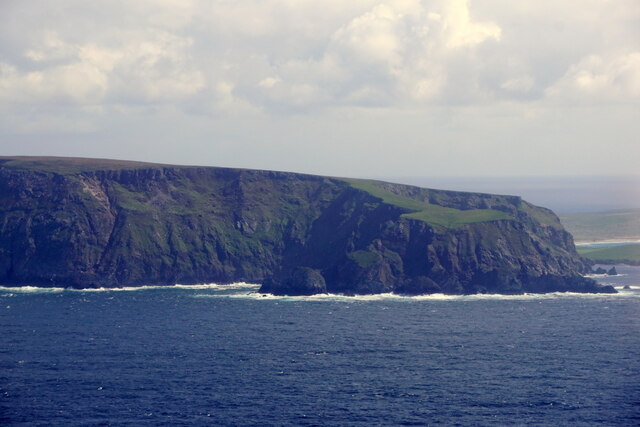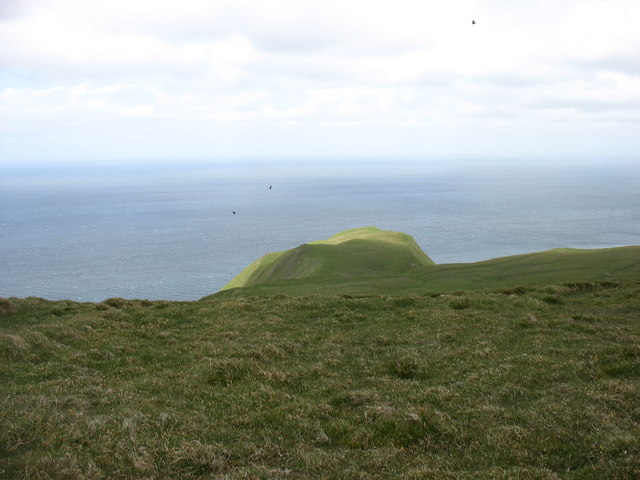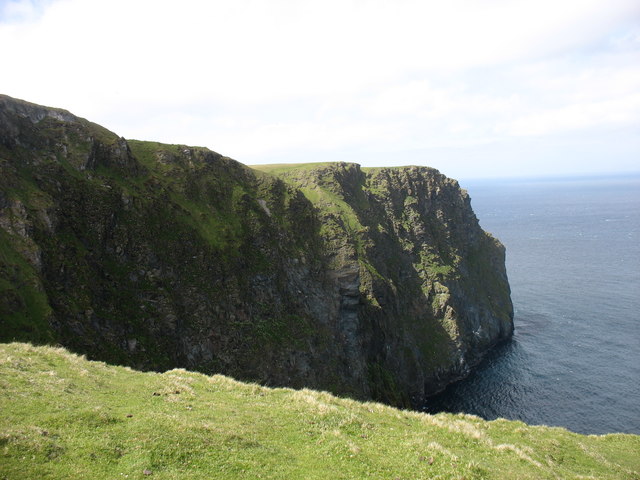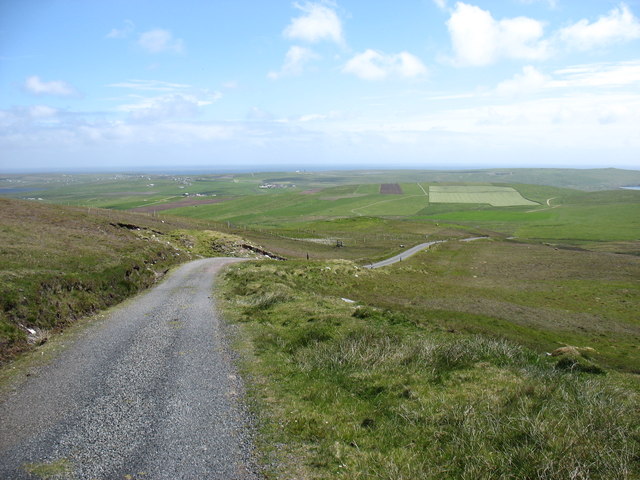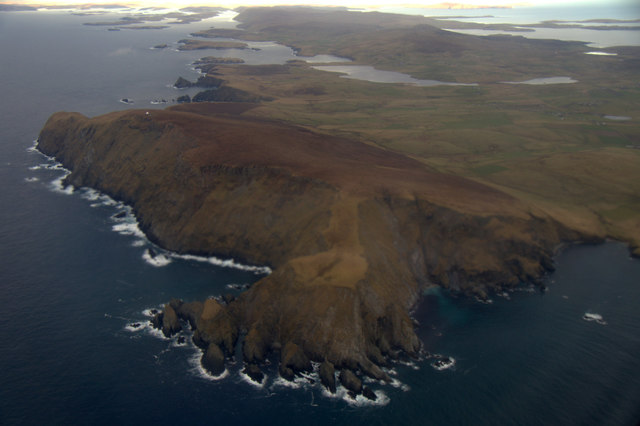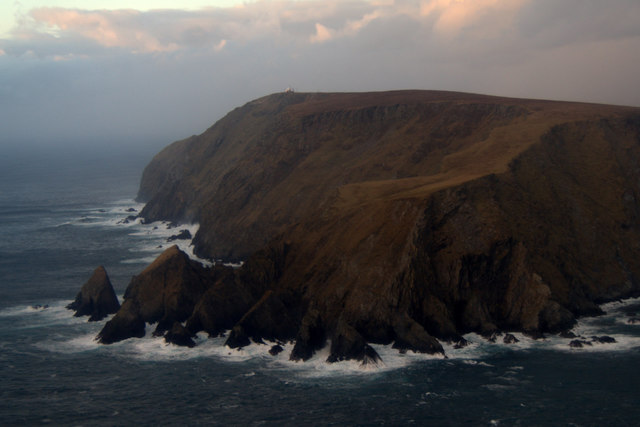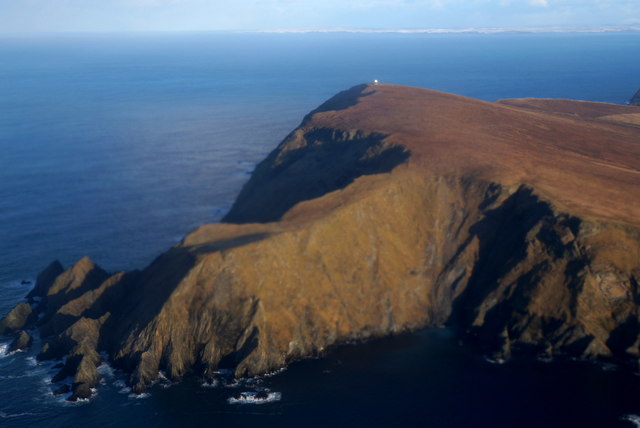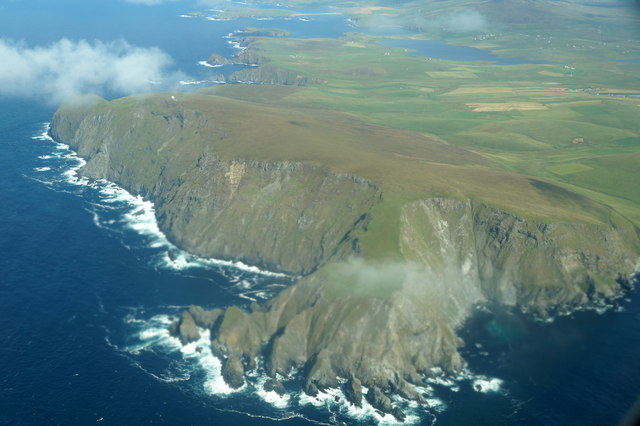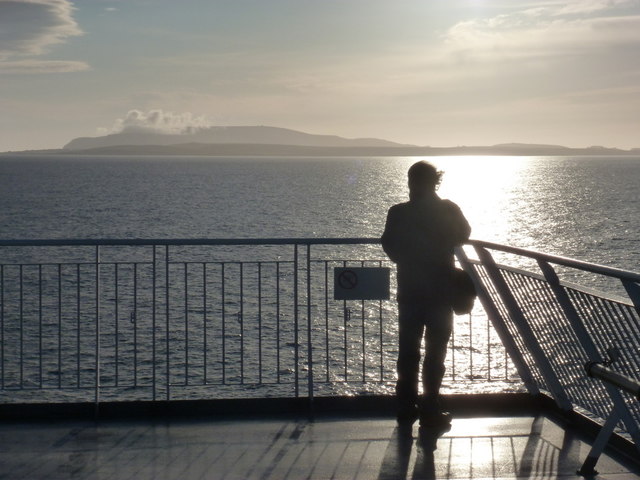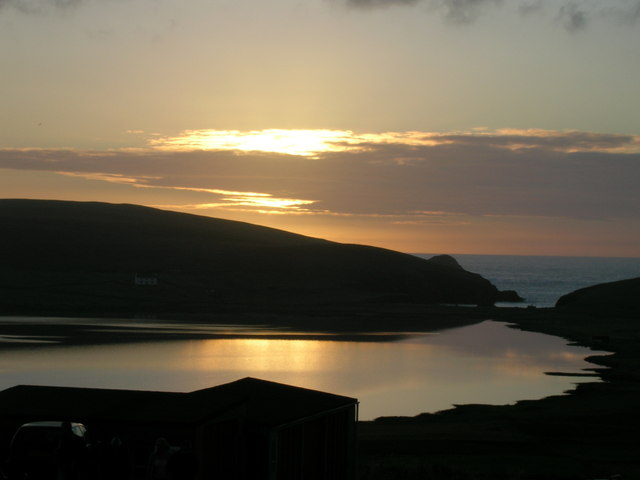Brunt Head
Coastal Feature, Headland, Point in Shetland
Scotland
Brunt Head
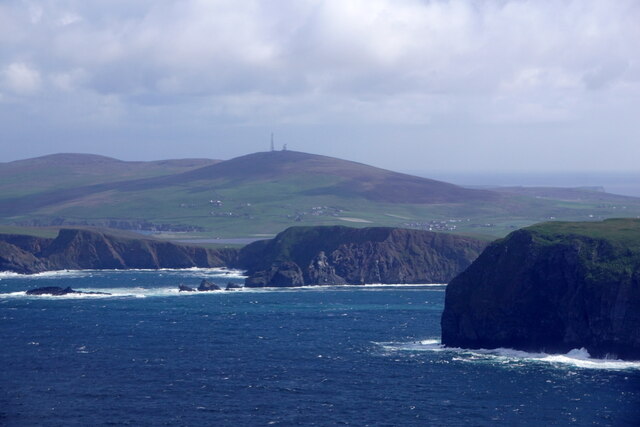
Brunt Head, located in the Shetland Islands, is a prominent coastal feature that stands as a majestic headland jutting out into the North Sea. This rocky point is situated on the eastern side of the Shetland mainland, near the small community of Sandwick.
Rising to an impressive height of approximately 40 meters, Brunt Head commands breathtaking views of the surrounding rugged coastline and the vast expanse of the North Sea. Its sheer cliffs, composed of layered sedimentary rocks, are constantly being shaped by the relentless forces of wind and waves. Over the centuries, this powerful erosion has sculpted the headland into its current form, creating dramatic sea caves and arches that are a sight to behold.
The area surrounding Brunt Head is a haven for wildlife, with numerous seabird colonies nesting on the cliffs. Species such as puffins, guillemots, and razorbills can be spotted during the breeding season, adding to the natural beauty and charm of the headland. Additionally, the surrounding waters are frequented by seals, dolphins, and even occasional sightings of whales, making it a popular spot for wildlife enthusiasts and photographers.
Access to Brunt Head is relatively easy, with a well-maintained coastal path leading to the headland. The path offers stunning views along the way, allowing visitors to fully appreciate the wild and untamed beauty of this coastal gem. Whether it's to admire the breathtaking scenery, observe the diverse wildlife, or simply enjoy a peaceful walk by the sea, Brunt Head is a must-visit destination for nature lovers and adventure seekers alike.
If you have any feedback on the listing, please let us know in the comments section below.
Brunt Head Images
Images are sourced within 2km of 59.90156/-1.3835693 or Grid Reference HU3413. Thanks to Geograph Open Source API. All images are credited.
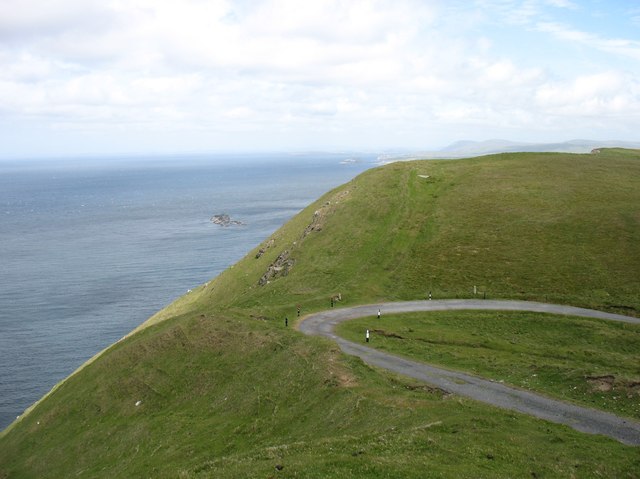
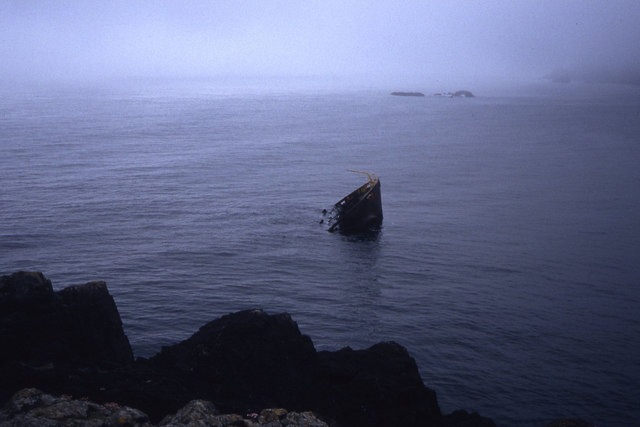
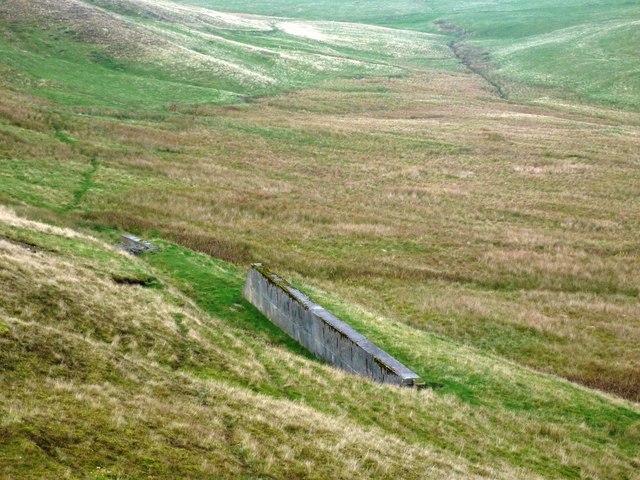
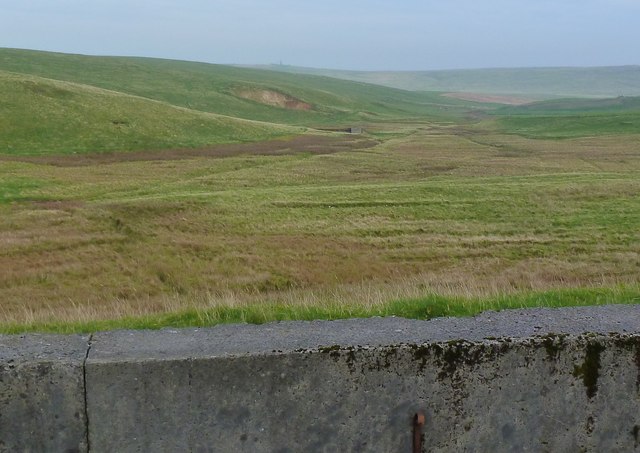
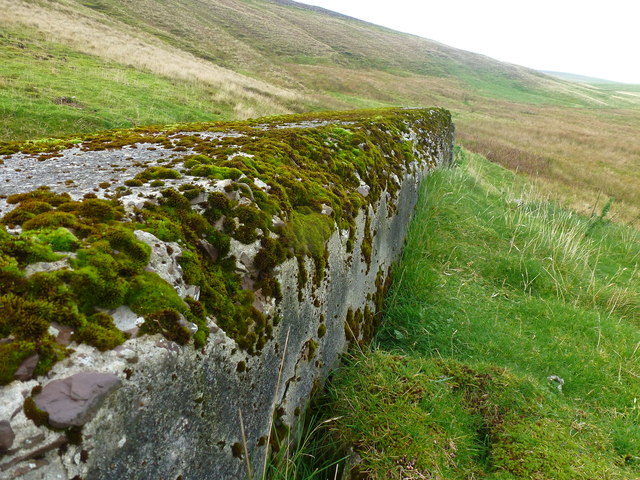
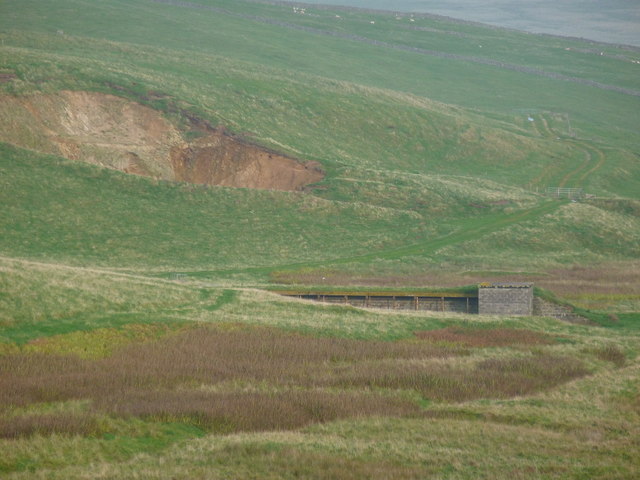
Brunt Head is located at Grid Ref: HU3413 (Lat: 59.90156, Lng: -1.3835693)
Unitary Authority: Shetland Islands
Police Authority: Highlands and Islands
What 3 Words
///snooty.violinist.parkland. Near Sumburgh, Shetland Islands
Nearby Locations
Related Wikis
Fitful Head
Fitful Head is a 283-metre-high (928 ft) headland at the southwest corner of Mainland, Shetland, Scotland, some 6 kilometres (3.7 mi) northwest of the...
MV Braer
The MV Braer was an oil tanker which ran aground during a storm off Shetland, Scotland, in January 1993, and nearly a week later broke up during the most...
Lochs of Spiggie and Brow
The Lochs of Spiggie and Brow are located west of Boddam in the parish of Dunrossness, in the South Mainland of Shetland, Scotland, about 6 km north of...
Toab, Shetland
Toab is the southernmost village on Mainland, Shetland, Scotland. It is part of Virkie and overlooks Sumburgh Airport. Toab is within the parish of Dunrossness...
Nearby Amenities
Located within 500m of 59.90156,-1.3835693Have you been to Brunt Head?
Leave your review of Brunt Head below (or comments, questions and feedback).
